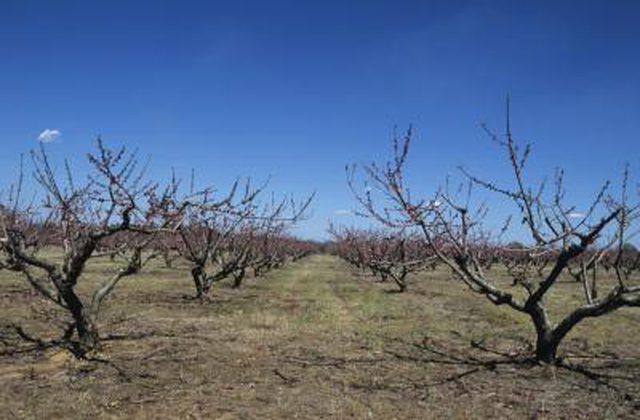Bulbs
Flower Basics
Flower Beds & Specialty Gardens
Flower Garden
Garden Furniture
Garden Gnomes
Garden Seeds
Garden Sheds
Garden Statues
Garden Tools & Supplies
Gardening Basics
Green & Organic
Groundcovers & Vines
Growing Annuals
Growing Basil
Growing Beans
Growing Berries
Growing Blueberries
Growing Cactus
Growing Corn
Growing Cotton
Growing Edibles
Growing Flowers
Growing Garlic
Growing Grapes
Growing Grass
Growing Herbs
Growing Jasmine
Growing Mint
Growing Mushrooms
Orchids
Growing Peanuts
Growing Perennials
Growing Plants
Growing Rosemary
Growing Roses
Growing Strawberries
Growing Sunflowers
Growing Thyme
Growing Tomatoes
Growing Tulips
Growing Vegetables
Herb Basics
Herb Garden
Indoor Growing
Landscaping Basics
Landscaping Patios
Landscaping Plants
Landscaping Shrubs
Landscaping Trees
Landscaping Walks & Pathways
Lawn Basics
Lawn Maintenance
Lawn Mowers
Lawn Ornaments
Lawn Planting
Lawn Tools
Outdoor Growing
Overall Landscape Planning
Pests, Weeds & Problems
Plant Basics
Rock Garden
Rose Garden
Shrubs
Soil
Specialty Gardens
Trees
Vegetable Garden
Yard Maintenance
How to Determine What Kind of Fruit Tree I Have
How to Determine What Kind of Fruit Tree I Have. Oftentimes, new homeowners will inherit a fruit tree from the previous owner, or a gardener can have an unidentified tree growing in the yard. During the winter, most fruit trees go into dormancy and lose their leaves. Loss of leaves and the general appearance of a bare fruit tree makes identifying...

Oftentimes, new homeowners will inherit a fruit tree from the previous owner, or a gardener can have an unidentified tree growing in the yard. During the winter, most fruit trees go into dormancy and lose their leaves. Loss of leaves and the general appearance of a bare fruit tree makes identifying the specific tree type difficult. If your neighbors and garden center don't know what type of tree you have, there are other telltale indicators that can help you determine what type of fruit tree you own.
Things You'll Need
Shovel
Soil pH test
Camera
Check the United States Department of Agriculture's Plant Hardiness Map to find out your region's zone. The map is broken up in average minimal temperature zones, and all fruit trees can survive a specific minimal temperature. For example, most citrus trees are not cold hardy and typically do not grow in zones 6a to 1; therefore, you can probably check citrus trees off the list of possible choices if you live in zone 6a or smaller.
Look on the ground for any indicators of leftover fruit. If fruit isn't located directly underneath the tree, it may have been taken to other areas of the yard by wildlife.
Conduct a soil pH test on the tree's planting site. Fruit trees require a specific pH range in order to grow. For example, apple trees need between 6.0 and 6.5. However, sweet cherry trees need a range between 6.5 to 8.0. Purchase a soil testing kit from your county extension office. Dig a 6-inch hole to collect soil samples. Mail the samples to the laboratory's address provided on the kit, and wait for the results to use for narrowing your choices of trees.
Examine the trunk of the tree. For example, apple trees generally have one central leader (main horizontal trunk).
Monitor your tree in early spring when the majority of fruit trees begin to blossom. Use a picture of the flowers to help determine what type of fruit your tree will produce. Cherry trees have small pinkish or white blossoms, and apple trees sprout large pink blossoms.
Tips & Warnings
Avoid providing fertilizer for the tree before determining its correct type.